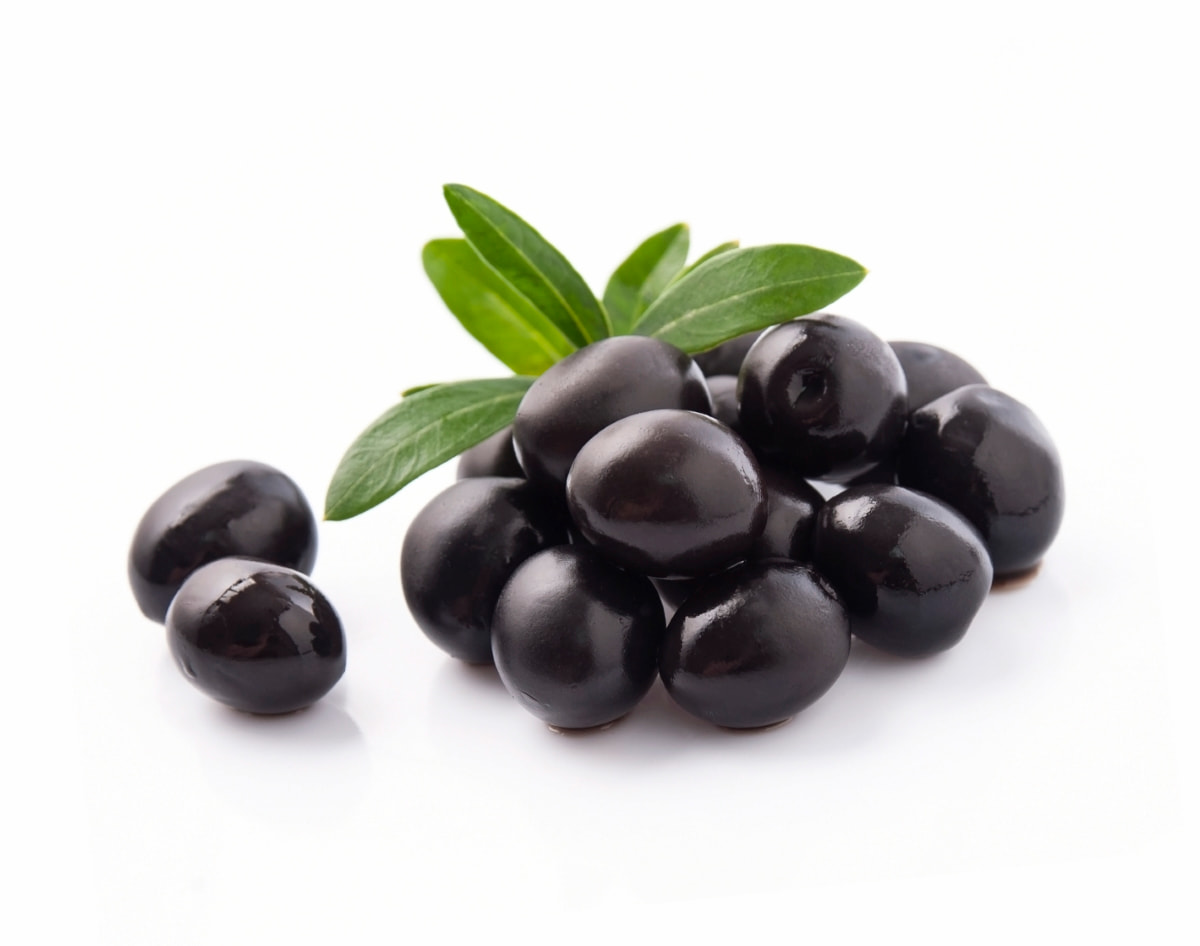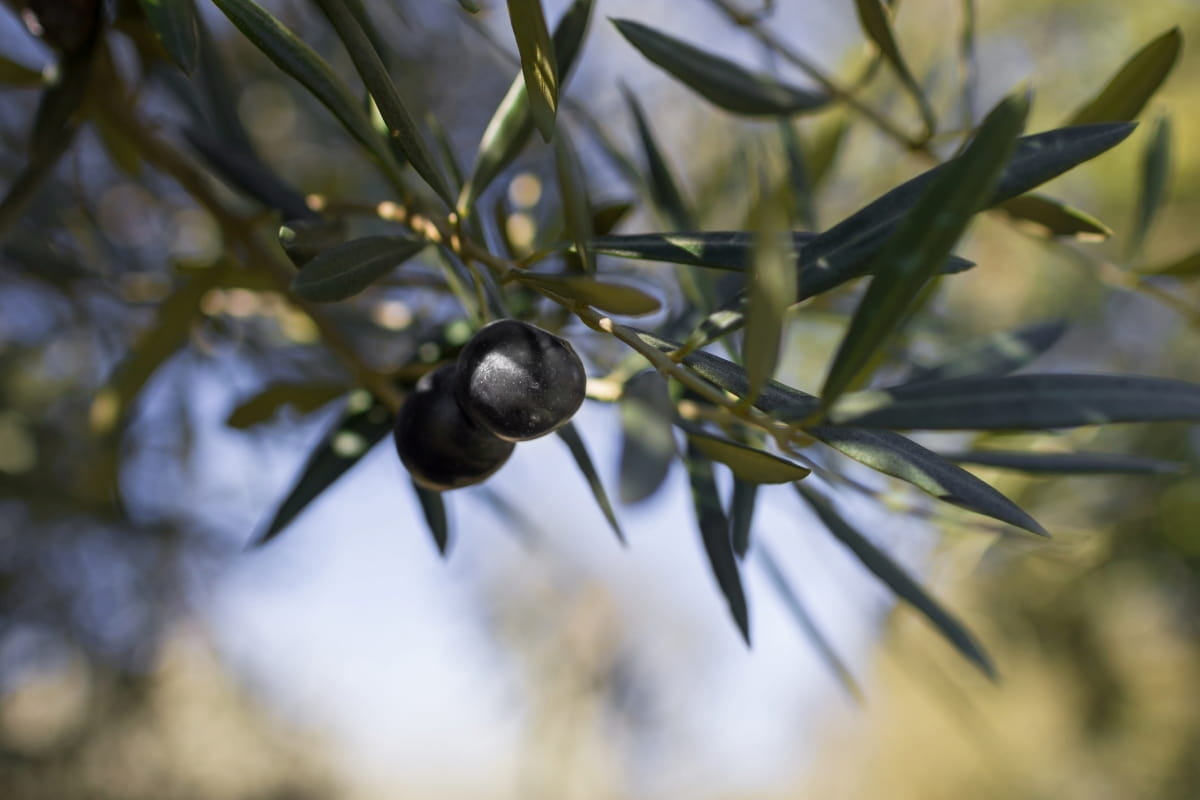Stepping into the world of flora, one might come across various trees, but few are as intriguing as the black olive tree. The black olive tree has captured the imagination of many due to its aesthetic appeal and uses. This tree is not to be confused with the edible olive-producing species.

A particular variant, the Shady Lady black olive tree, is known for its distinctive appearance and is often sought after as an indoor plant, bringing a touch of nature into homes. But there’s more to discover about this tree. From its origins and history to its benefits and how to cultivate it, this comprehensive guide will delve deep, offering insights, including the pros and cons of the Shady Lady black olive tree.
Understanding the Shady Lady Olive Tree: Characteristics and Features
The Shady Lady black olive tree stands apart with its dense, rounded canopy, making it a favorite choice for landscapers and homeowners alike. This tree’s elegance is evident in its dark green, glossy leaves that starkly contrast its grayish-black trunk. While it’s famous as an ornamental tree, many might be unaware that the Shady Lady black olive tree indoor variant can grow quite well under the right conditions, offering an elegant touch to any interior space. Its resilience and adaptability further underscore its popularity.
The Origins and History of the Black Olive Tree
Venturing back in time, the black olive tree has its roots in the Caribbean, Central, and South America. It is an age-old tree that has been appreciated not just for its beauty but also for its timber. The wood from this tree has been used in various applications, from construction to crafting furniture. It’s intriguing to note that despite its common name, this tree does not produce the olives we consume. The moniker “black olive” merely reflects the dark, ornamental berries it produces.
Black Olive Tree Price
The price of the black olive tree varies significantly based on size, age, and overall health. For saplings or younger trees, prices might start as low as $50, while mature and well-maintained trees can command prices upwards of $500, especially for sought-after variants like the Shady Lady. It’s worth noting that the indoor Shady Lady black olive variant, due to its popularity and suitability for interiors, may carry a premium price tag. Always buy from reputable sources and consider the long-term maintenance costs associated with this elegant tree.
Black Olive Tree Benefits and Uses
The black olive tree is not just about beauty; it has various uses that have made it essential across cultures. Traditionally, its wood has been utilized for making furniture, given its durability and fine grain. Beyond its timber, the tree offers shade, making it a preferable choice in parks and open spaces. Additionally, what are the uses of the black olive tree? One might ask. Though not edible, the tree’s ornamental berries have been used in some traditional crafts and decorations. Moreover, in certain cultures, parts of the tree have been explored for medicinal uses.
In case you missed it: How to Grow and Care for Olive Bonsai: Planting, Pruning, and Repotting Instructions

Growing and Cultivating the Shady Lady Olive Tree: Tips and Techniques
For enthusiasts eager to cultivate the Shady Lady black olive tree, some specific techniques can enhance its growth. Firstly, selecting a location that offers adequate sunlight is crucial, as this tree thrives in bright environments. Regular watering, especially during its formative years, can boost its growth, but it’s essential not to overwater. For those aiming to grow a Shady Lady black olive tree indoors, placing it near a window with plenty of sunlight is ideal. Regular pruning can also help maintain its shape and encourage denser foliage.
The Anatomy of a Black Olive Tree: Leaves, Bark, and Roots
Taking a closer look at the black olive tree, one can marvel at its intricate anatomy. The tree sports elliptical, glossy leaves ranging from a vibrant green to a darker shade. Its bark is rough, textured, and usually grayish-black, lending the tree its name. The roots of the black olive tree are robust, delving deep into the soil, providing the tree with stability and nourishment.
Environmental Requirements for the Shady Lady Olive Tree: Sunlight, Soil, and Climate
Like its counterparts, the Shady Lady olive tree has specific environmental requirements. A lot of sunlight is really important. The tree needs around 6 hours of direct sunlight each day, if possible. While it’s adaptable to various soil types, a well-draining soil enriched with organic matter can enhance its growth. Regarding climate, the tree prefers warmer regions but can withstand occasional cold snaps. However, prolonged frost can be detrimental.
Propagation Methods for Black Olive Trees: Seeds, Cuttings, and Grafting
Propagation ensures the legacy of the black olive tree continues. Multiple methods to propagate this tree include seeds, cuttings, and grafting. Seeds can be sourced from the tree’s berries but need stratification before planting. Cuttings, taken during the dormant season, can be rooted in a mix of soil and sand. Grafting, though slightly more complex, involves joining a section of a mature tree with a sapling, ensuring the sapling inherits certain characteristics from the mature tree. Each method has merits; the choice depends on the gardener’s preference and expertise.
In case you missed it: How to Grow and Care for Olive Trees: Planting Instructions

Common Pests and Diseases Affecting the Shady Lady Olive Tree
While resilient, the Shady Lady olive tree is not immune to pests and diseases. Some common pests that target this tree include aphids, whiteflies, and scale insects. These pests can sap the tree’s vitality by feeding on its sap. Additionally, fungal diseases, primarily root rot, can affect the Shady Lady when planted in soggy conditions. Regular inspections, adequate spacing for airflow, and proper watering practices can help prevent many of these issues.
Harvesting and Utilizing Black Olives: Culinary and Medicinal Uses
While the black olives from the Shady Lady are not the edible variety we’re familiar with from Mediterranean cuisines, they still hold value. Traditionally, these olives have been used in certain decorative and craft applications. Moreover, in some cultures, parts of the tree, excluding the olives, have been incorporated into herbal remedies, highlighting the tree’s medicinal properties. It’s essential to consult experts before medicinal use to ensure safety and effectiveness.
Landscaping With Shady Lady Olive Trees: Design Ideas and Maintenance Tips
Incorporating the Shady Lady olive tree into landscaping can elevate the aesthetic appeal of gardens and public spaces. Their dense foliage provides excellent shade, ideal for pathways or relaxation spots. They can become stunning focal points when planted alongside contrasting plants, like those with bright flowers or lighter foliage.
In case you missed it: Growing Japanese Plum from Seed: Seed Germination, Planting, and Care

Maintenance is relatively straightforward: regular pruning can help shape the tree, and ensuring it’s planted in well-draining soil can prevent many common diseases. Also, periodic mulching can aid in retaining soil moisture and keeping the roots cool.
Conclusion
The Shady Lady black olive tree, with its rich history, multifaceted uses, and captivating aesthetics, is a testament to nature’s grandeur, deserving a revered spot in landscapes and homes. Whether admired for its ornamental charm or utilized for its potential benefits, this tree is undeniably a natural wonder.
- Feed Your Flock for Less: Top 10 Tips to Save on Chicken Feed
- Ultimate Guide to Ossabaw Island Hog: Breeding, Raising, Diet, and Care
- Hatching Answers: The Top 10 Reasons Your Chickens Aren’t Laying Eggs
- Eggs and Economics: Breaking Down the Cost of Raising Backyard Chickens
- Defend Your Greens: Proven Methods to Keep Iguanas Out of Your Garden
- Ultimate Guide to Cinnamon Queen Chicken: A Comprehensive Guide for Beginners
- Ultimate Guide to California Tan Chicken: Breeding, Raising, Diet, Egg-Production and Care
- Ultimate Guide to Marsh Daisy Chicken: Breeding, Raising, Diet, and Care
- 10 Types of Chicken Farming Businesses You Can Start for Profits